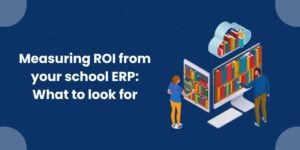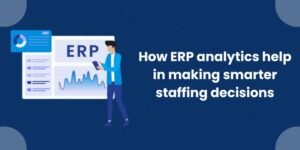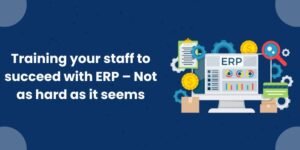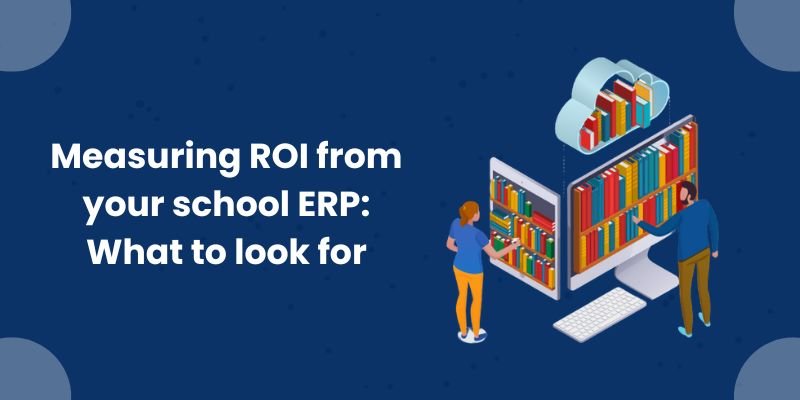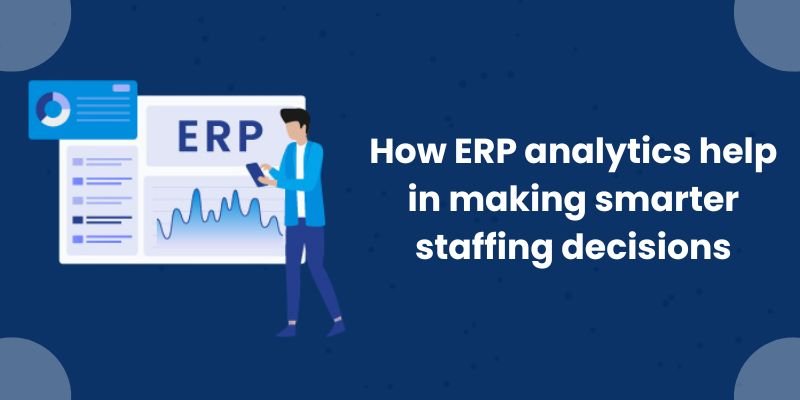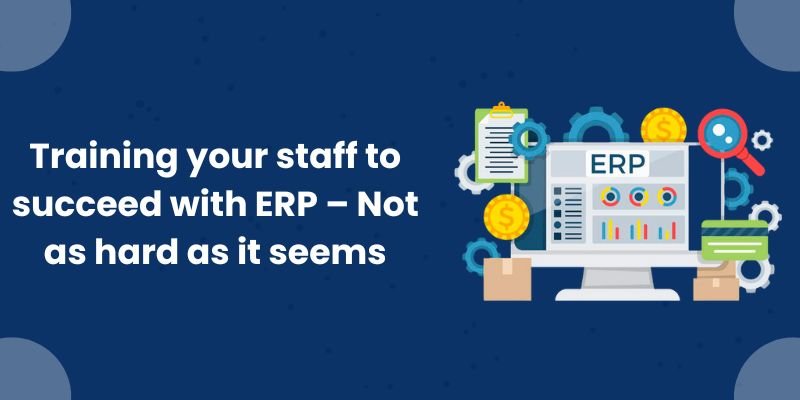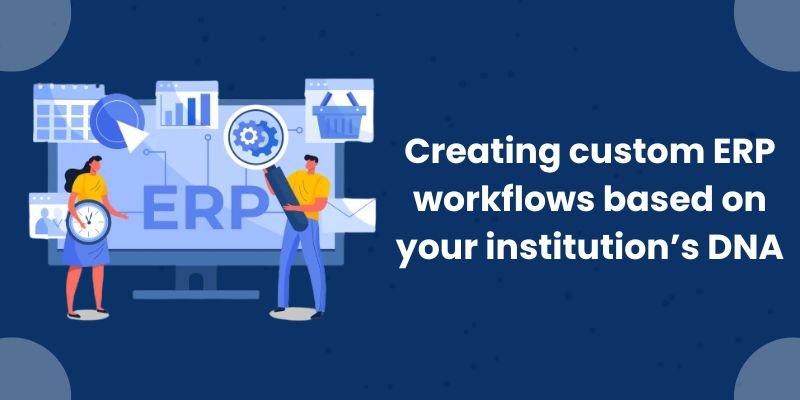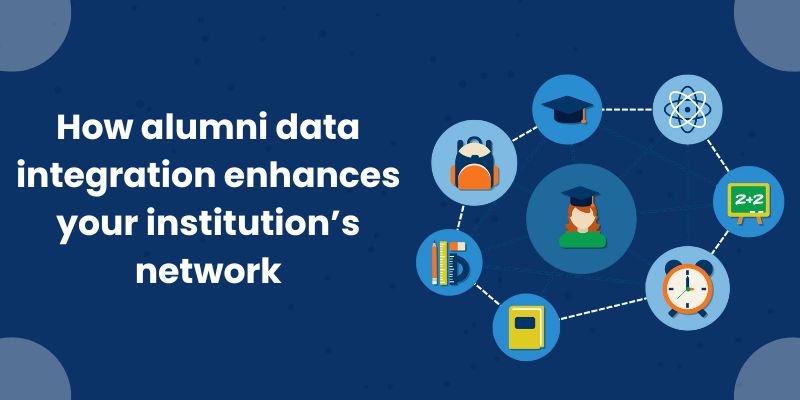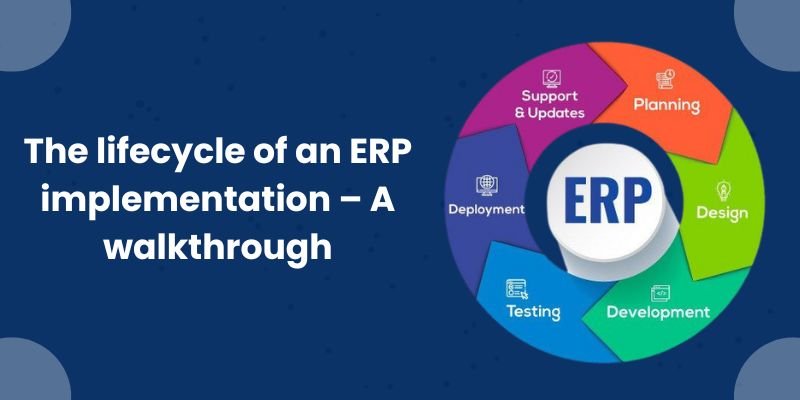In our fast-paced digital world, schools and universities are always on the lookout for fresh ways to make their administrative tasks smoother, boost communication, and enhance overall efficiency. One game-changing solution that’s gaining traction is the use of Enterprise Resource Planning (ERP) systems. Specifically designed for the education sector, these ERP in education system bring together various functions of an institution into one cohesive platform, making operations run more smoothly and helping leaders make informed decisions.
So, what exactly does ERP mean?
Well, Enterprise Resource Planning (ERP) is a robust software framework that merges essential business processes across an organization into a single, unified system. By centralizing data and automating everyday tasks, ERP systems help organizations work more efficiently, cut down on manual errors, and offer real-time insights into different operational areas.
What Does ERP in education sector mean?
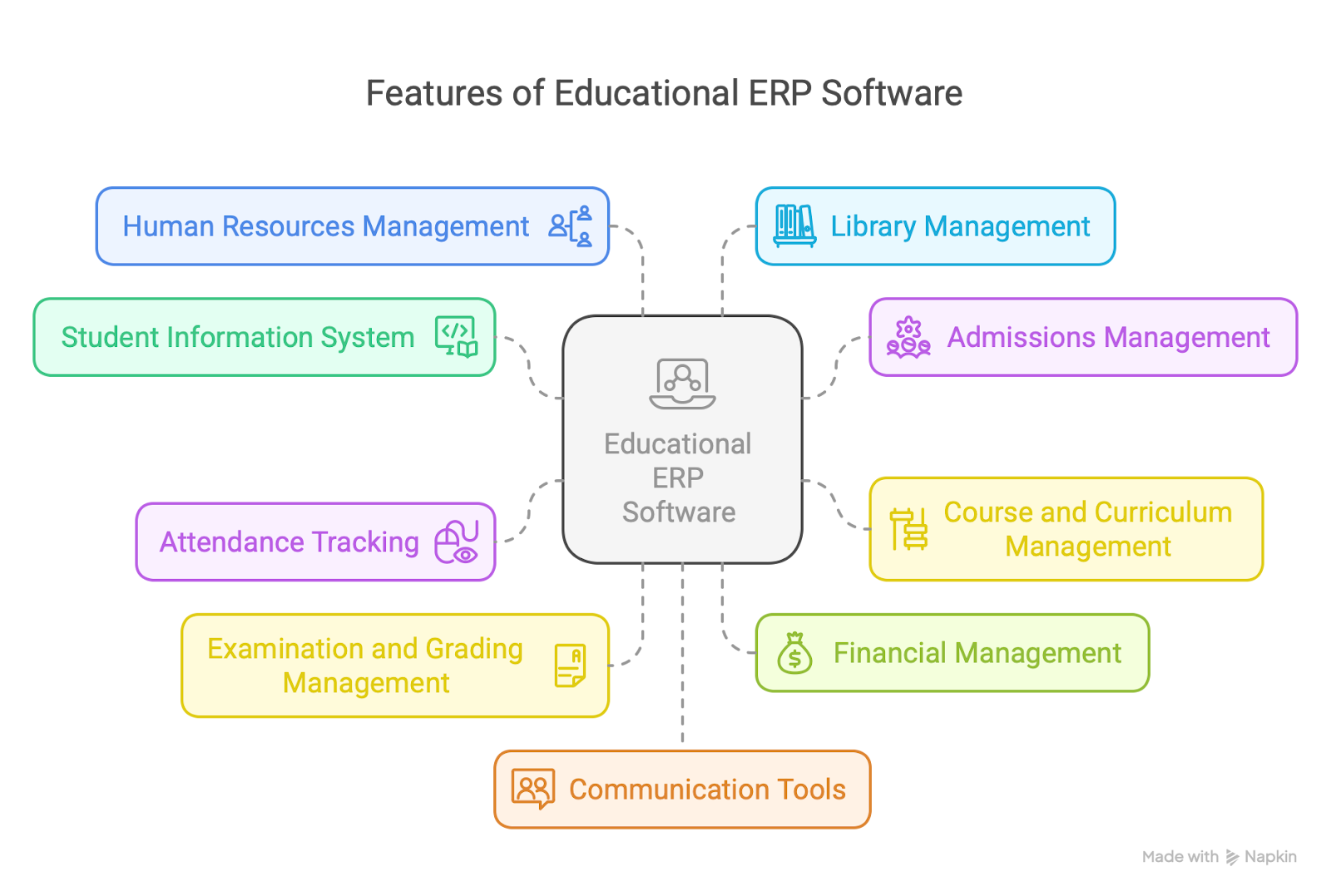
When it comes to education, ERP systems are tailored to meet the specific needs of academic institutions. They include features like student information management, course scheduling, attendance tracking, financial administration, and human resources management. By bringing all these different functions together into one system, educational ERPs improve coordination between departments, enhance data accuracy, and support the strategic goals of the institution.
Why Should the Educational Industry Embrace ERP?
Streamlining Automation Workflows
When you implement an ERP system, it takes care of a lot of administrative tasks for you—think admissions processing, student registrations, fee management, and grade reporting. This means less paperwork, fewer manual errors, and faster processes, which frees up your staff to focus on more strategic initiatives.
Efficient Course Administration
ERP solutions come packed with powerful tools to manage every aspect of the course lifecycle, from planning and scheduling to execution and evaluation. Faculty can work together on curriculum development, allocate resources wisely, and keep track of course progress all in one place, ensuring a smooth and organized educational experience.
Holistic Student and Faculty Management
With ERP systems, you can easily manage detailed profiles for both students and faculty, covering everything from personal information to academic records, attendance, and performance. This centralized database makes it easier to make informed decisions, provide personalized support, and enhance communication among everyone involved.
Revamping Library Systems
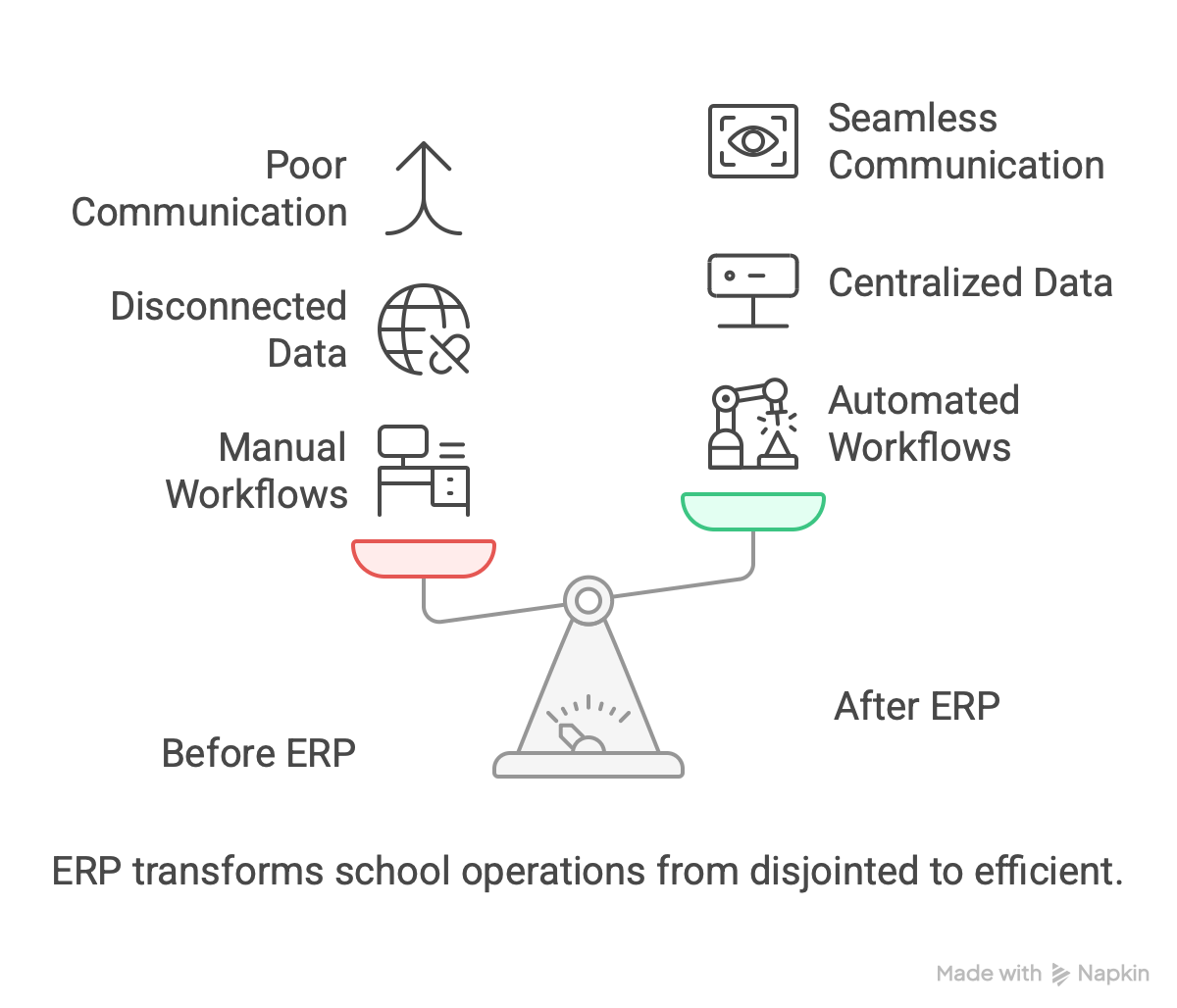
Today’s ERP systems can also integrate library management features, making it easier to catalog, circulate, and track library resources. This integration not only improves access to educational materials but also benefits both students and faculty by ensuring they have timely access to the resources they need.
Efficient Task Coordination
ERP systems make task coordination a breeze by equipping staff and departments with handy tools for scheduling, communication, and collaboration. This seamless coordination helps keep institutional operations running like a well-oiled machine, ensuring deadlines are met and resources are used wisely, all of which contributes to a more organized and productive educational environment.
Smart Attendance and Leave Monitoring
One of the standout features of ERP systems is their automated attendance tracking and leave management. These tools allow for precise monitoring of both student and staff attendance, simplify the leave application process, and generate insightful reports for analysis. This not only boosts accountability but also helps spot patterns that might need some attention.
Boosting Institutional Productivity
By automating everyday tasks and providing real-time access to data, ERP systems give educators and administrators back precious time to focus on strategic initiatives. This shift not only enhances productivity but also improves educational delivery and places a stronger emphasis on student success.
Precise Financial Oversight for Institutions
ERP systems come packed with robust financial management tools that aid in budgeting, accounting, fee collection, and financial reporting. These tools ensure transparency and control over financial resources, allowing institutions to manage their finances effectively, plan for future expenses, and maintain financial stability.
Features of Educational ERP Software
When it comes to Educational ERP software, it’s packed with features tailored to meet the unique needs of schools and universities. Here’s a closer look at what it offers:
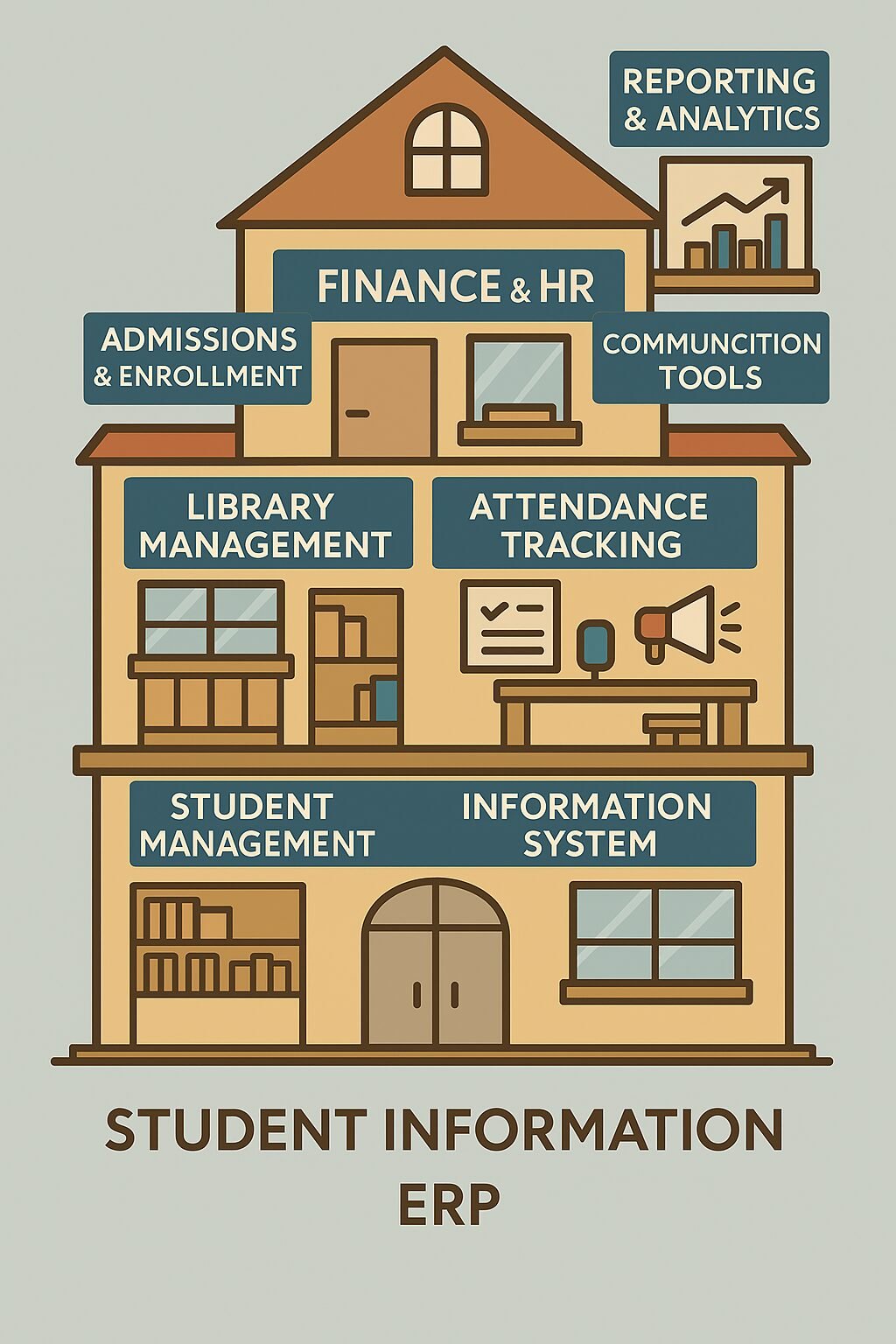
Student Information System (SIS): This feature takes care of all student data, from personal details to academic records and enrollment information.
Admissions Management: It simplifies the entire admissions journey, making everything from applications to enrollments smoother and less paperwork-heavy.
Course and Curriculum Management: This helps in planning, scheduling, and managing courses and curricula, ensuring everything is organized and meets academic standards.
Attendance Tracking: It automates the process of recording and monitoring attendance for both students and staff, providing accurate data for reports and analysis.
Examination and Grading Management: This feature handles everything related to exams—from creation and scheduling to grading—making the assessment process much easier with automatic report cards and transcripts.
Financial Management: It takes care of budgeting, accounting, fee collection, and financial reporting, ensuring that financial operations are transparent and efficient.
Human Resources Management: This manages staff recruitment, payroll, performance evaluations, and leave tracking, which supports effective personnel management.
Library Management: It oversees the cataloging, circulation, and tracking of library resources, making educational materials more accessible and organized.
Communication Tools: These platforms facilitate communication among students, parents, faculty, and administrators, creating a collaborative educational environment.
Reporting and Analytics: This feature generates reports and analytics that help institutions make data-driven decisions, allowing them to monitor performance and pinpoint areas for improvement.
Advantages of ERP in Schools
Bringing an ERP system into schools comes with a host of advantages:
Boosted Productivity and Lower Costs: By automating administrative tasks, schools can cut down on manual work and the costs that come with it, allowing staff to dedicate their time to more strategic initiatives.
Enhanced Communication: ERP systems offer multi-user access, making it easier for teachers, parents, administrators, and students to communicate effectively.
Convenient Access: With cloud-based ERP systems, information is accessible from anywhere, which fosters flexibility and quick responses.
Data Security: ERP tools prioritize data security by blocking unauthorized access and providing safe storage options.
Instant Data Access: Centralized databases give stakeholders the ability to access the latest information, which helps in making timely and informed decisions.
Streamlined Admissions: ERP systems make the admissions process a breeze by managing inquiries, applications, and fee payments all in one place.
What Are the Challenges Faced by Educational Institutes?
Today, educational institutions face a variety of challenges that can hinder their ability to provide quality education and run smoothly. Some of the main challenges include:
Administrative Overload: Juggling large amounts of student data, staff records, and academic information can overwhelm administrative teams, leading to inefficiencies and mistakes.
Disjointed Communication: A lack of unified communication channels among departments, students, and parents can lead to misunderstandings and lower engagement.
Inefficient Resource Allocation: Without the right tools to track and manage resources, schools may struggle with budgeting, scheduling, and making the best use of their facilities.
Poor Student Data Management: Insufficient systems for monitoring student progress, attendance, and performance can impede personalized education and timely support.
Dealing with Low Staff Retention: When educators and administrative staff frequently leave, it can really shake up the learning environment and put extra pressure on those who stay.
Getting Parents Involved: It’s super important to have parents engaged in their children’s education, but many schools find it tough to keep up consistent and effective communication with them.
Facing Resistance to New Technology: Introducing new tech can be a challenge, often met with pushback due to a lack of training, fear of change, or budget issues, which can slow down progress and innovation.
Tackling these issues is vital for schools to boost their operational efficiency and create a better learning experience for students.
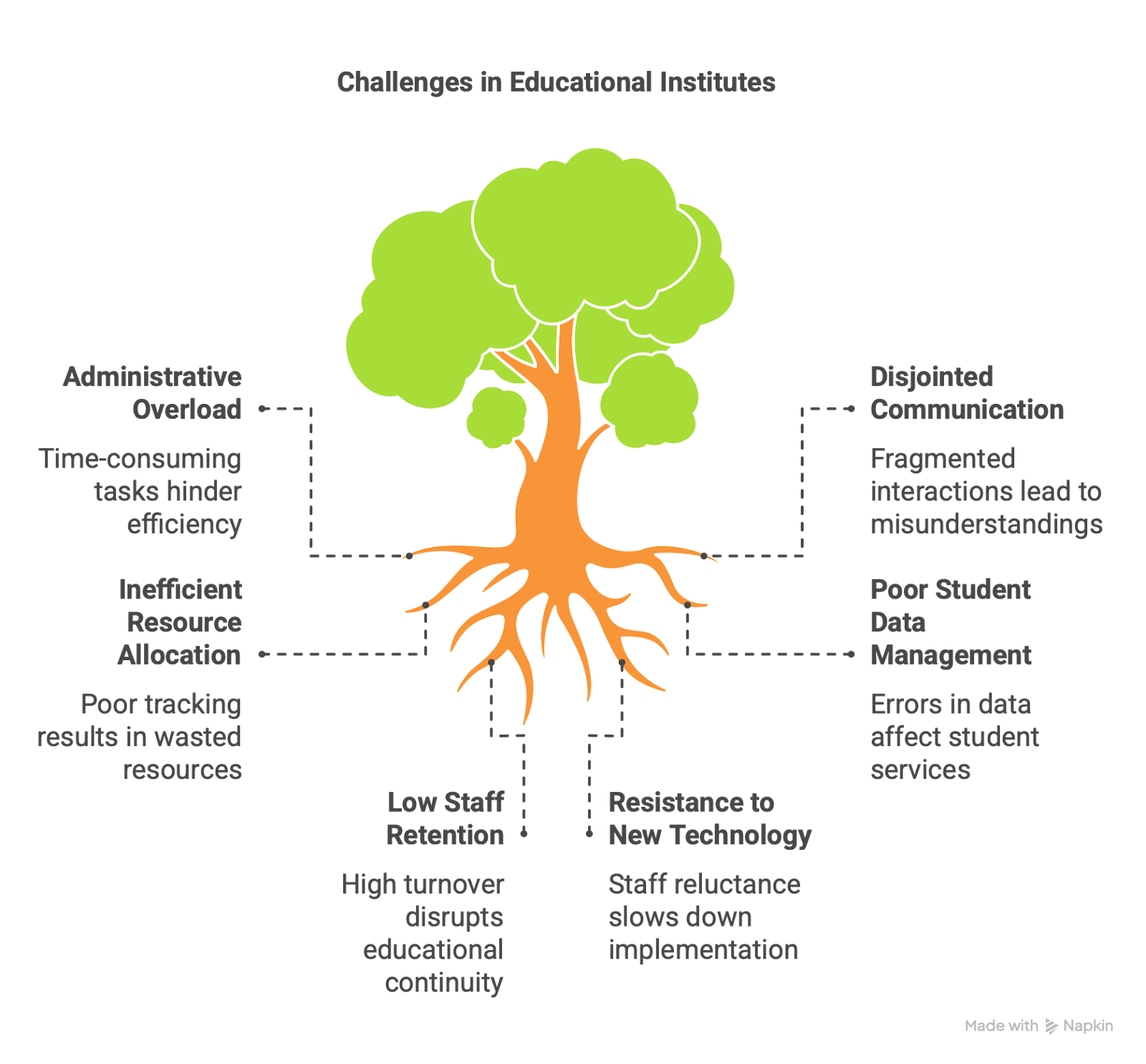
FAQs
What is ERP?
Enterprise Resource Planning (ERP) is a comprehensive software system that helps manage and automate key business processes across different departments in an organization, making information flow smoother and improving overall efficiency.
Can you explain ERP in simple terms?
ERP is a software solution that brings together various functions of an organization—like finance, human resources, and supply chain management—into one system to make processes and information flow more smoothly.
How does ERP work in schools?
In educational settings, an ERP system combines different administrative and academic tasks, such as admissions, student information management, attendance tracking, scheduling, and financial operations, into one cohesive platform. This integration helps manage data efficiently, cuts down on manual work, and improves communication among everyone involved.
Why do schools use ERP?
In educational settings, an ERP system combines different administrative and academic tasks, such as admissions, student information management, attendance tracking, scheduling, and financial operations, into one cohesive platform. This integration helps manage data efficiently, cuts down on manual work, and improves communication among everyone involved.


